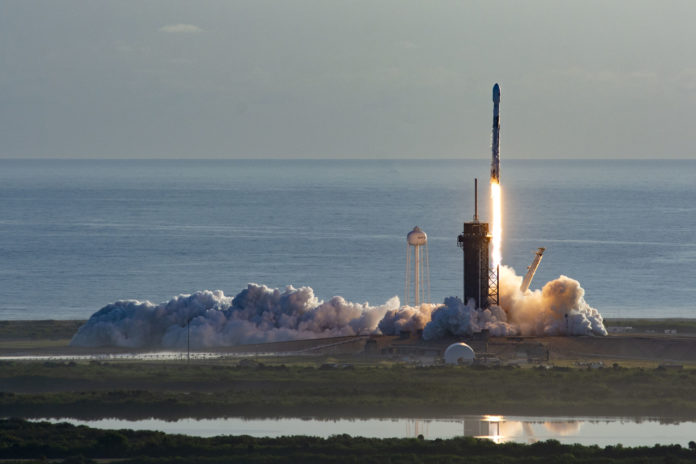By: Nick Gambino
It’s no mystery that Elon Musk and SpaceX are dead set on dragging us all to space in their effort to be the first private company to win the race to the stars. Now they’ve notched another win with the FCC approving the placement of some one million antennas around Earth to communicate with their satellite network, Starlink.
The Earth user terminals which will look like a “little UFO on a stick” will be easily assembled and installed with a simple plug-in. The installation would then allow SpaceX’s low-orbit mini-satellites to communicate to any users on Earth.
The ground user terminals will be no bigger than half a meter in diameter, making it feasible for one million of these little guys to pop up around the globe without causing too much clutter. Well, I guess that’s true only if you take the entire footprint of planet Earth into account.
The exact wording in the FCC approval states that SpaceX will get a 15-year “blanket license for the operation of up to 1,000,000 fixed earth stations that will communicate with its non-geostationary orbit satellite system.”
The Starlink network is itself in growth mode with the plan to put up to 12,000 SpaceX satellites up into the expanse of outer space. This has caused some concern amongst astronomers who believe this is going to cause enough clutter to make studying the universe difficult, if not impossible.
Add in other private companies looking to create a mega constellation of satellites and you start to create a real problem. If we can’t study the stars, planets and universes, unobstructed, or at least not knowingly sabotaged by people on Earth, it becomes hard to figure out what’s really out there.
If you think about it, the idea of cluttering up the sky so that we can’t see what’s what is directly in opposition to the goal of SpaceX and others trying to travel to the vast landscape of outer space. It’s nice to see where you’re going when you set out anywhere.
People a lot smarter than me are on both sides of this argument, so I guess we’ll have to wait to see how it plays out.





